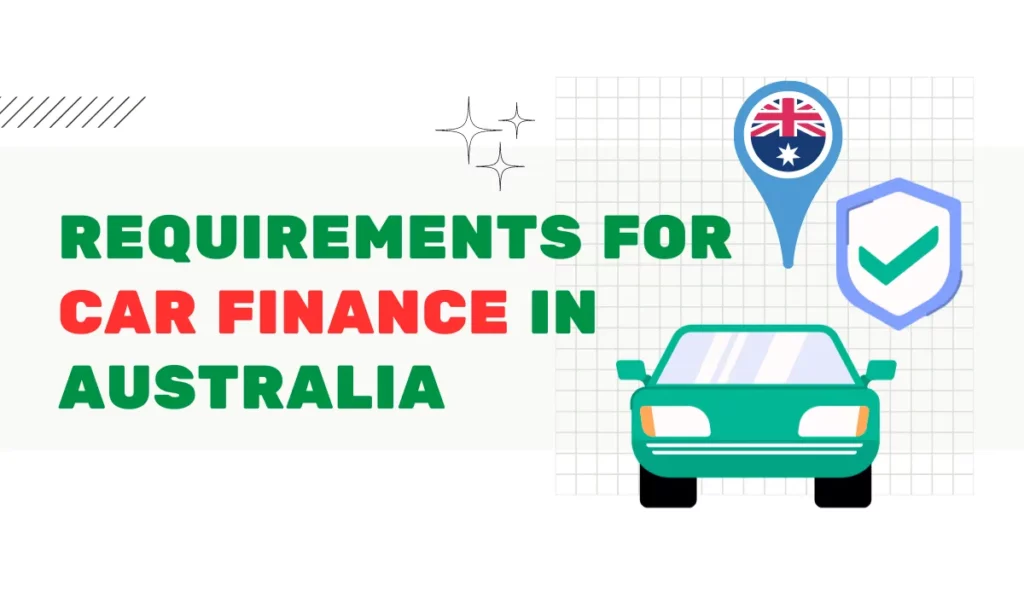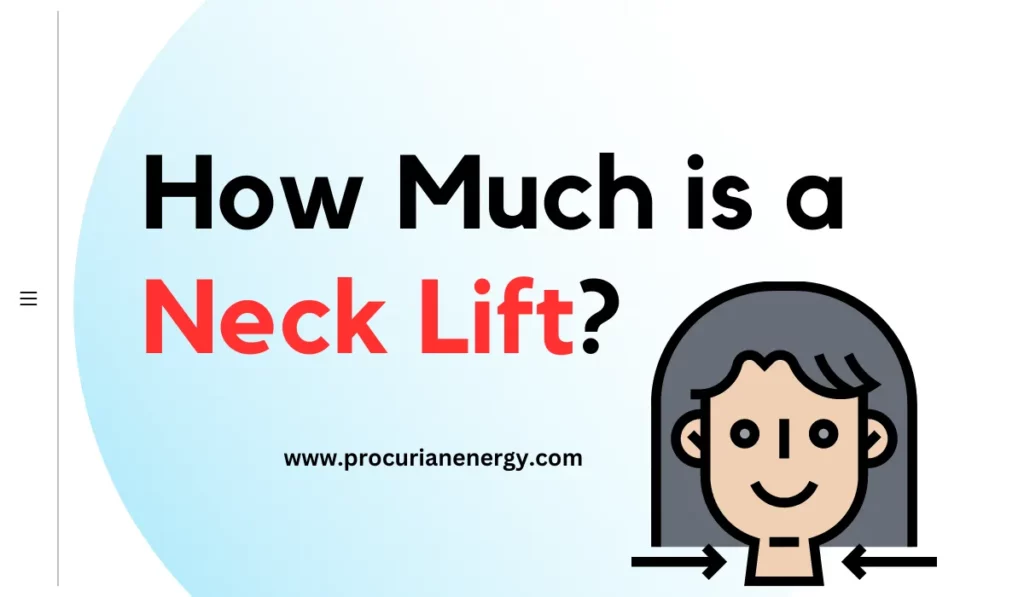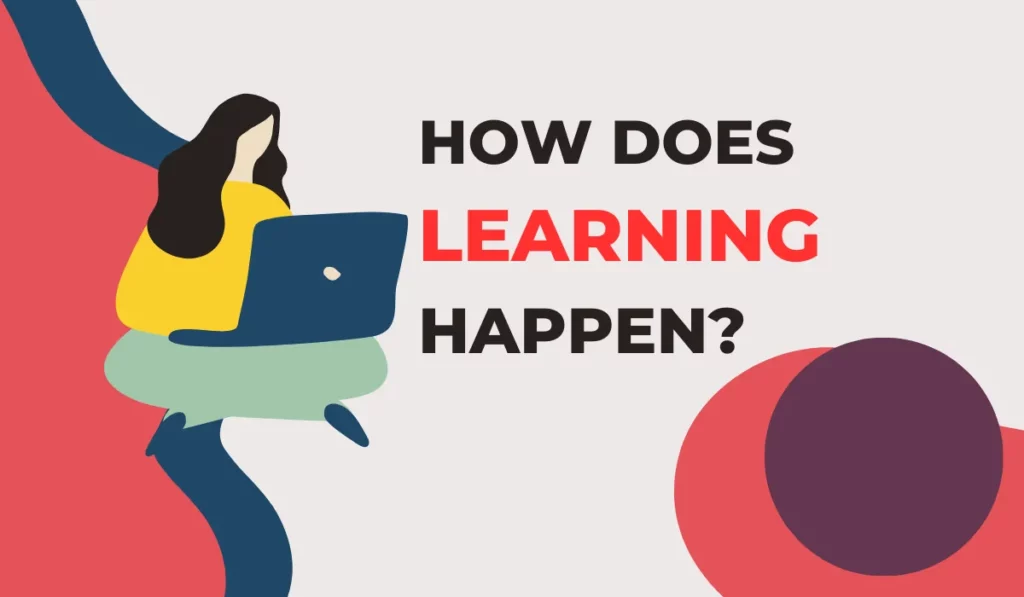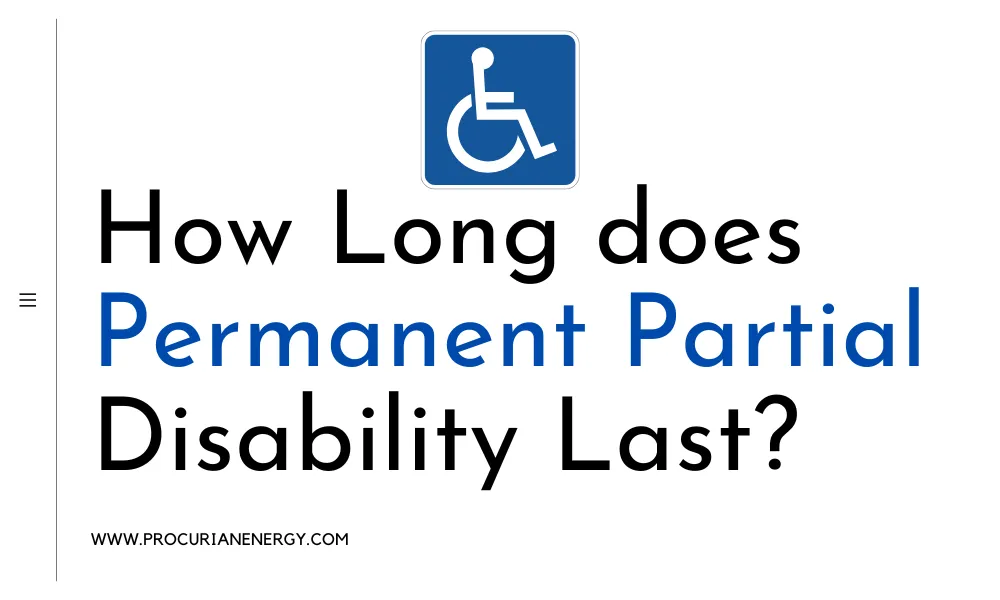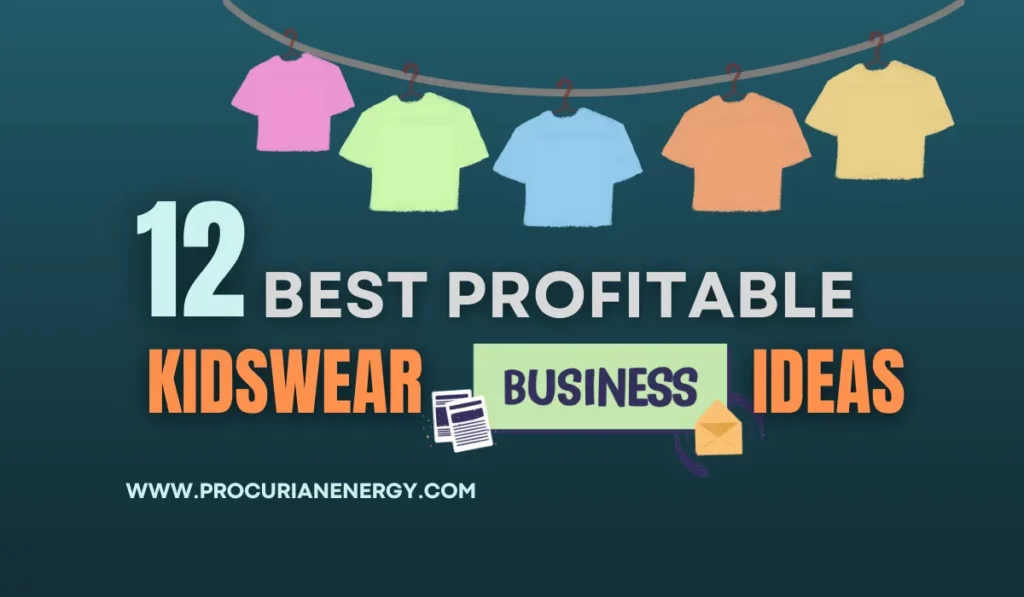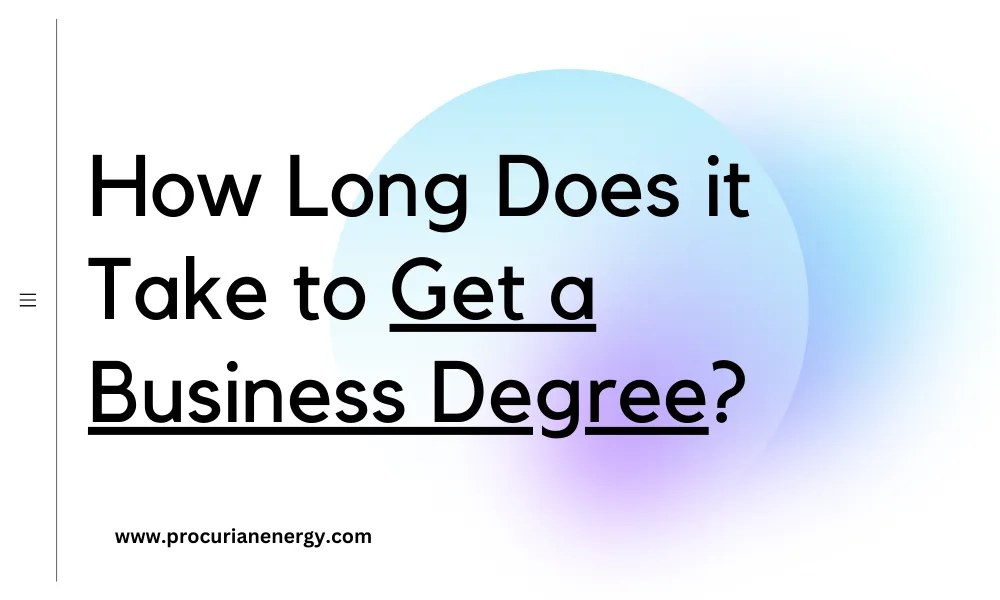Hey there, dreamers and aviation enthusiasts!
If you’ve ever looked up at the sky and wondered what it’s like to soar among the clouds, becoming a pilot might be the perfect path for you.
Canada is experiencing a growing demand for skilled pilots and in this blog by ProCurian, we’ll walk you through the steps to turn your dreams into reality.
Pilot course in Canada
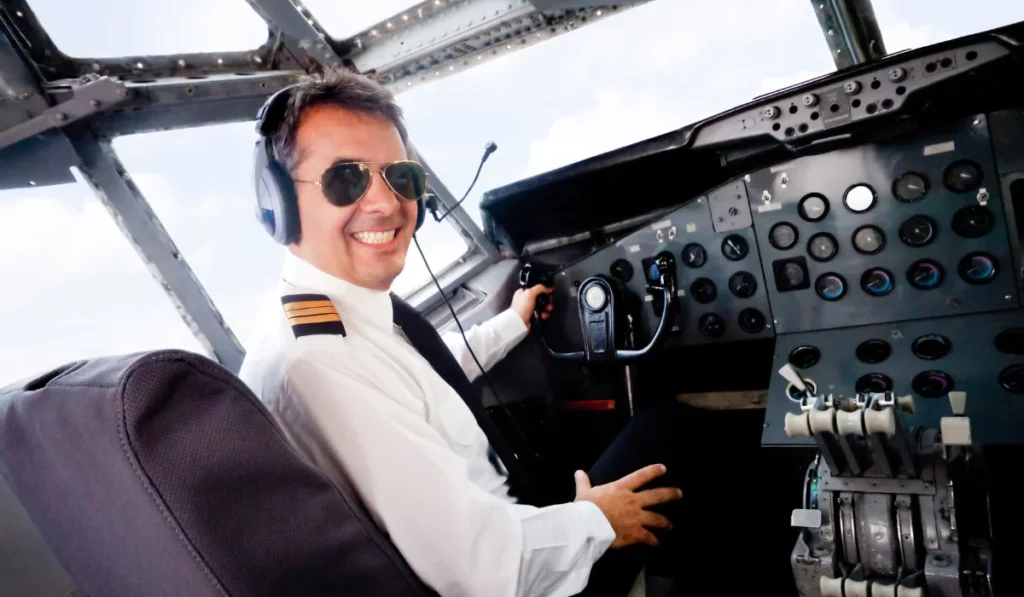
If you’re interested in pursuing a pilot course in Canada, you have several options depending on your goals and aspirations in the aviation field.
Here are the primary types of pilot courses offered in Canada:
1) Private Pilot License (PPL) – The Private Pilot License is the first step for most aspiring pilots. It allows you to fly for recreational purposes and carry passengers. To obtain a PPL, you must meet the minimum flight hours requirement, pass a written exam, and successfully complete a flight test.
2) Commercial Pilot License (CPL) – The Commercial Pilot License enables you to work as a professional pilot and get paid for flying. Along with additional flight hours and more advanced training, you will also need to pass written exams and a challenging flight test.
3) Instrument Rating (IR) – The Instrument Rating allows you to fly in challenging weather conditions and low visibility using only the aircraft’s instruments. It is usually pursued as an add-on to a CPL and enhances your skills as a pilot.
4) Multi-Engine Rating (ME) – A Multi-Engine Rating allows you to fly aircraft with multiple engines, which is often a requirement for certain commercial pilot positions.
5) Airline Transport Pilot License (ATPL) – The Airline Transport Pilot License is the highest level of pilot certification and is required for flying as a captain at airlines. It includes rigorous training and extensive flight experience.
Eligibility and Prerequisites
To begin your journey, you must meet certain criteria.
Firstly, you need to be at least 17 years old to apply for a PPL and 18 for a CPL.
You’ll also need to pass a medical exam to ensure you’re fit to fly.
Regarding education, a high school diploma or equivalent is typically sufficient.
Choosing the Right Flight School in Canada
The next step is finding the right flight school for you. Look for schools with good reputations and proper accreditation.
Consider factors like the school’s location, cost and the type of training programs they offer (integrated or modular). It’s essential to find a school that fits your needs and budget.
Best aviation schools in Canada
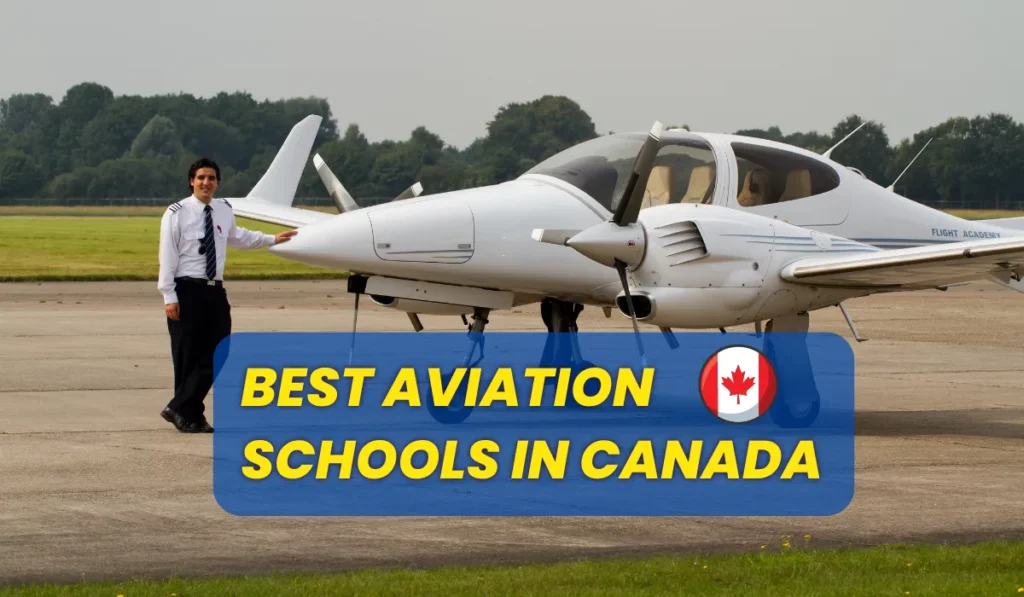
Here are some of the best aviation schools in Canada based on their reputation, training programs and industry recognition:
- Seneca College
- University of Waterloo
- Moncton Flight College
- Confederation College
- Georgian College
- Sault College
- FANSHAWE
- Western University
- University of the Fraser Valley
Cost to become a pilot in Canada
| Types of License | Fees |
|---|---|
| Private Pilot License (PPL) | $10,000 to $15,000 |
| Commercial Pilot License (CPL) | $40,000 to $60,000 |
| Instrument Rating (IR) & Multi-Engine Rating (ME) | $10,000 to $15,000 |
| Airline Transport Pilot License (ATPL) | $60,000 to $100,000 |
How to become a pilot in Canada for international students?
Follow this simple step-by-step guide to become pilot in Canada as an international student:
- Research and Choose a Flight School
- Check Eligibility Requirements
- Apply for a Study Permit
- Get a Canadian Medical Certificate
- Enroll in Flight Training
- Learn Theoretical Knowledge
- Gain Practical Flight Experience
- Pass Transport Canada Exams
- Complete Flight Test:
- Obtain Pilot License:
- Gain Experience and Build Flight Hours
- Pursue Higher Licenses (Optional)
The cost to become a pilot in Canada for international students ranges from $60,000 to $100,000. This includes flight training fees, study materials, exams and living expenses.
Salary of a Pilot in Canada
| Experience Level | Annual Salary Range (CAD) |
|---|---|
| Entry-level | $30,000 – $60,000 |
| Experienced | $60,000 – $100,000 |
| Captain (Major Airlines) | $100,000 – $250,000 |
| Captain (Regional Airlines) | $70,000 – $150,000 |
| Chief Pilot | $100,000 – $200,000 |
How to become a pilot in canada after 12th?
To become a pilot in Canada after 12th grade, follow these simple steps:
- Finish High School – First, complete your 12th grade or equivalent education. Having a high school diploma is usually the minimum requirement for pilot training.
- Research Pilot Schools- Learn about different pilot licenses like PPL and CPL and various flight schools.
- Meet Eligibility Criteria- Make sure you meet age (17 years), medical and educational requirements.
- Choose a Flight School – Select a reputable flight school offering pilot training programs.
- Training – Undergo theoretical and practical flight training at the school.
- Exams – Pass written and flight tests conducted by Transport Canada.
- Licensing – Obtain a PPL, then a CPL to work as a professional pilot.
- Gain Experience – Build flight hours and experience to advance your career.
Air Canada pilot requirements
Air Canada is the largest and flag carrier airline of Canada.
Founded in 1937, it has grown to become one of the leading airlines in the world.
To be selected as an Air Canada pilot, you must meet the following requirements:
- You must be at least 21 years old.
- You need to have a high school diploma or equivalent qualification.
- Air Canada requires a significant amount of flight experience. Typically, you’ll need to have several thousand hours of flying, which often includes experience as a commercial pilot.
- You must hold a valid Airline Transport Pilot License (ATPL) issued by Transport Canada.
- As a pilot, you must be medically fit to fly. You’ll need to pass regular medical exams to ensure you meet the health requirements.
- You must be proficient in English or French as these are the official languages of Air Canada.
- You must be legally eligible to work in Canada.
How long does it take to become a pilot in Canada?
For a Private Pilot License (PPL), it can take about 6-12 months of training.
To become a Commercial Pilot with more career opportunities, it usually takes 18-24 months.
Gaining experience and flight hours after getting the Commercial Pilot License might take a few more years before becoming eligible for higher-level licenses like the Airline Transport Pilot License (ATPL)
Do pilots get PR in Canada?
Yes, pilots have the opportunity to get Permanent Residency (PR) in Canada.
The Canadian government offers various immigration programs for pilots.
By meeting the eligibility criteria such as work experience, language proficiency and education, pilots can apply for PR through programs like Express Entry or the Provincial Nominee Program.
Once granted PR status, pilots can live and work in Canada indefinitely, enjoying the benefits of Canadian residency.
Is pilot job in demand in Canada?
Yes, the pilot job is in demand in Canada. As the aviation business expands and elderly pilots retire, new pilots are needed to replace their roles.
Airlines, charter services and cargo companies are always looking for skilled pilots to meet the increasing demand for air travel and transportation.
Additionally, Canada’s vast geography relies heavily on air travel, creating more opportunities for pilots in various regions.
Do Canadian pilots make good money?
Yes, Canadian pilots can make good money.
On average, commercial airline pilots in Canada can earn a decent income, with potential to reach higher pay scales as they gain more experience and move up in their careers.
How hard is it to become an airline pilot in Canada?
Becoming an airline pilot in Canada can be challenging but it’s achievable with dedication and hard work. The process requires time, effort and financial investment.
How many hours do pilots work in Canada?
Generally, pilots work an average of 75 to 90 hours per month for airlines or charter services.
They might have longer shifts during busy seasons or when covering international flights. Pilots have strict regulations to ensure they get enough rest between flights for safety reasons.
Which type of pilot earns the most?
Commercial airline pilots earn the most of any type of pilot. They fly large passenger planes for major airlines, allowing them to earn a lot of money because to the responsibility and experience required.
Is pilot a stressful job?
Yes, flying may be a stressful job. Pilots are held responsible for their passengers’ and the aircraft’s safety, which can be stressful.
They need to make quick decisions and deal with a variety of weather conditions in an emergency.
Working long hours, adjusting to different time zones and being distant from family can all cause stress.
FAQs related to become a pilot in Canada 2023
What age do I need to be to become a pilot in Canada?
You must be at least 17 for a Private Pilot License and 18 for a Commercial Pilot License.
Do I need a college degree to become a pilot?
No, a college degree is not mandatory, but a high school diploma or equivalent is typically required.
What are the language proficiency requirements?
You must demonstrate proficiency in English and/or French, as per Transport Canada’s guidelines.
How do I choose the right flight school?
Consider factors like location, reputation, cost and the type of training programs offered.
What are the main pilot licenses in Canada?
The main ones are the Private Pilot License (PPL) and the Commercial Pilot License (CPL).
Can I train part-time for a pilot license?
Yes, many flight schools offer both full-time and part-time training options to accommodate different schedules.
What medical requirements do I need to meet?
You need to pass a medical examination to ensure you’re physically fit to fly.
How long does it take to become a pilot?
It generally takes 6 to 18 months to become a pilot.
What exams do I need to pass to become a pilot?
You’ll need to pass written exams conducted by Transport Canada and a flight test.
Is financial assistance available for pilot training?
Some flight schools offer scholarships and there are financing options like loans to support pilot training.
Can I become a pilot with glasses or contact lenses?
Yes, as long as your vision meets the specific visual acuity requirements set by Transport Canada.
Are there any height or weight restrictions for pilots?
There are no strict height or weight restrictions but some aircraft may have specific limitations.
What are the job prospects for pilots in Canada?
The demand for pilots is expected to grow, especially with retiring pilots and expanding airline operations.
What personal qualities are essential to become a pilot?
Adaptability, decision-making skills, focus, teamwork and a passion for aviation are vital traits for a pilot.
Final Thoughts
In Canada, being a pilot is an exciting and rewarding career.
Keep in mind that everything begins with a dream and the will to make it a reality.
So, take that initial step, and you’ll soon be flying above the sky, having accomplished a long-held ambition!
